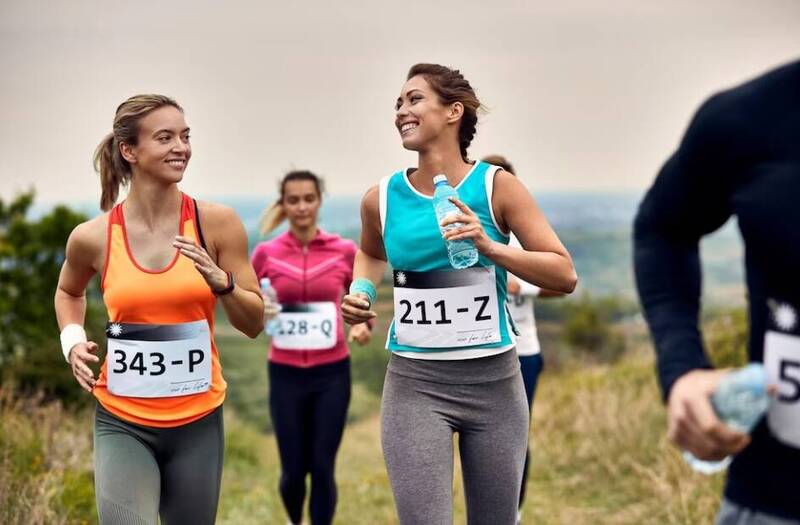The doctor pointed out that the pain on the outside of the runner's knee may be "iliotibial band syndrome". Risk factors include: running on uneven ground, running with excessive strides, running uphill, etc.; situational photos.
(picture taken from freepik)
[Health Channel/Comprehensive Report] Running a marathon is a passionate and self-challenging exercise. However, if you feel knee pain after exercising, you must pay more attention.
Chen Yuren, a rehabilitation specialist at Yansheng Rehabilitation Clinic, pointed out that the pain on the outside of the runner's knee may be "iliotibial band syndrome". Risk factors include: running on uneven ground, excessive running strides, and running uphill. Hypermobility of the knee should be avoided.
Chen Yuren posted on his Facebook fan page "Renren Good Physician-Rehabilitation Specialist Chen Yuren" and his personal website that "iliotibial band syndrome" is the most common cause of lateral knee pain among runners. Also very common.
Statistically, 2-25% of sports enthusiasts have ITB syndrome.
Possibly due to the popularity of sports, the prevalence of iliotibial band syndrome has been increasing in recent years.
Studies have found that nearly 50% of cyclists have knee pain, and half of them have ITB syndrome.
Please read on...
Common symptoms of iliotibial band syndrome
Chen Yuren explained that the iliotibial band is a dense fascial tissue composed of tensor fascia lata and gluteus maximus. It originates from the pelvis, extends from the outside of the thigh to the outside of the knee, and finally connects to the outside of the tibia.
The abduction, internal rotation of the hip, and the straightening and bending of the knee are all related to the iliotibial band. The iliotibial band has a great relationship with the stability of the outside of the knee during running. Decreased stabilization of the band may result in iliotibial band syndrome,
He pointed out that common symptoms include: pain on the outside of the knee, usually 2-3 cm above the outside of the knee joint, the pain may extend down to the outside of the tibia, or extend to the outside of the thigh; it begins when running or riding a bicycle Instantaneous pain when stepping on the pedals, followed by continuous pain throughout the entire movement; usually asymptomatic at rest; pain induced by going up and down stairs and getting up from a chair.
ITB is a chronic tissue injury from overuse, not trauma or friction. The following are risk factors for ITB:
●Run on uneven ground.
●Running stride is too large.
●Run uphill and downhill; the risk of running downhill is higher.
● O-shaped legs, running or pedaling will increase the pressure on the iliotibial band.
●Suddenly increase the intensity and time of exercise.
● long and short feet.
●The cumulative distance of running is too long, even within the scope of ability, there will be cumulative damage.
●Some patients do not run or ride a bicycle, but have the habit of sitting cross-legged. Imagine that sitting cross-legged will put pressure on the outside of the knee, which may cause iliotibial band syndrome in the long run.
1 minute to judge whether it is iliotibial band syndrome
Chen Yuren said that if you want to judge whether you have iliotibial band syndrome, you can use methods such as direct pressure or visual compression test to evaluate.
●Direct pressure:
Press the outside of the knee, 2-3 cm from the outer edge of the knee joint to the proximal end. If there is pain, it may be iliotibial band syndrome.
●Squeeze test:
the subject is lying down, the tester presses the outer edge of the knee joint 2-3 cm to the proximal end with one hand, and passively bends and straightens the knee with the other hand. If pain is induced when the knee is bent at 30 degrees, the Could be iliotibial band syndrome.
☆Health news will never be missed, click like to follow the fan page.
☆For more important medical news, please go to Liberty Health.com.
keywords
sports injury
running
knee
Iliotibial Band Syndrome
cross legged
Cycling
related news
